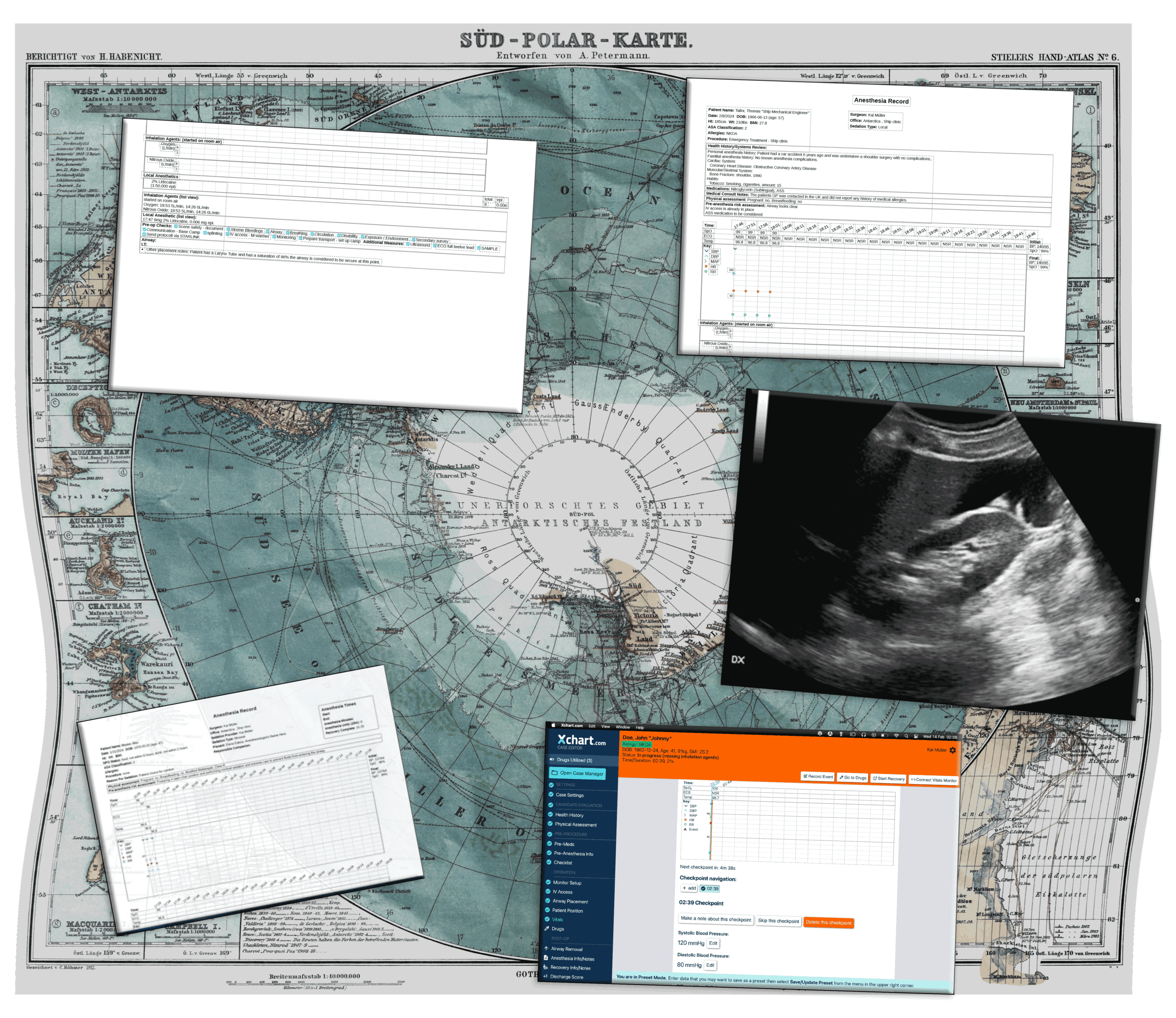
Research Antarctica
It takes a lot of passion a huge amount of money and good people to make a research project in Antarctica come to life. If you would ask me today if I would do it again I can tell you right away the answer is no. Might this perspective change when we have archived our goal and prove the concept of high data rates for telemedicine ? Yes, most likely and all pain goes with time and so does the memory of crowdfunding, writing emails and doing phone calls.
We’re limited on what we can bring if we’re going to more remote places. We don’t have a general hospital close by, and by Western standards, we might not even have one in the country. You can’t order equipment and you might not be able to bring what you want in. How can we keep high medical standards if we have limited resources and limited equipment?
More knowledge is needed!
It’s way better to have a mechanic and a Walmart toolbox than a crewless ambulance.
Knowledge is a much bigger power than equipment. So if we cannot bring all the equipment we need to bring knowledge.
When we optimize the shared information and provide clear communication we can make the best out of the gear we have by maximum high medical standards.




Dr. Hannah Evans prepares a patient file to be send from shore via Starlink.
The patient monitor is prepared to be able to live stream data.
The photos are taken on Petermann Island in Antarctica.
photo as a total




Equipment preparation for live stream while being mobile in Antarctica.
We managed 100% of the time to send data in and out within 24hrs.
The mobile Starlink unit can be charged via wind or as in this case via solar panel. We use Powerfilm Solarpanels and can only recommend them.
Dr. Hannah Evans makes final key strokes to send data to the UK.

